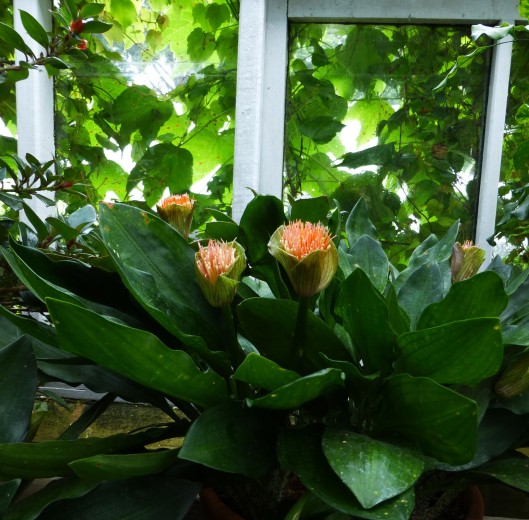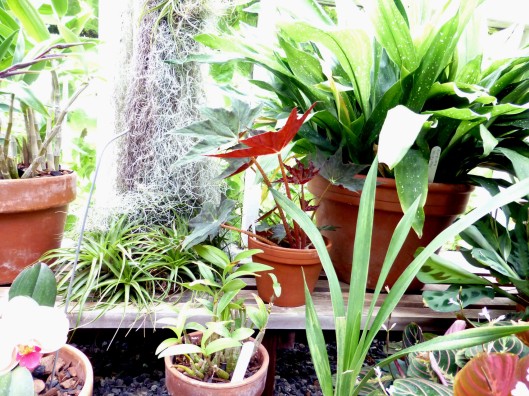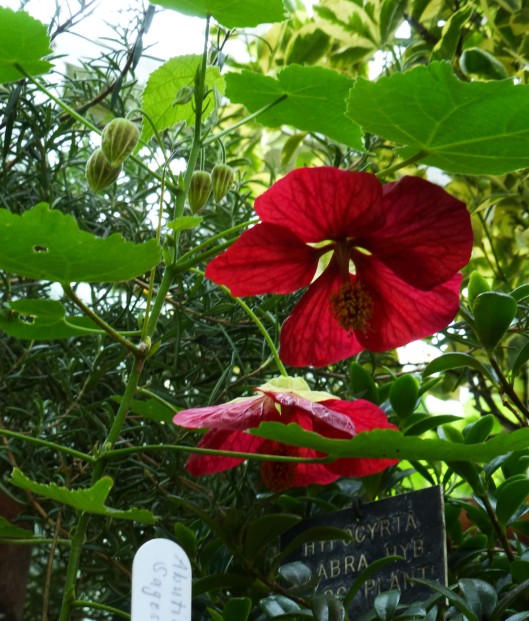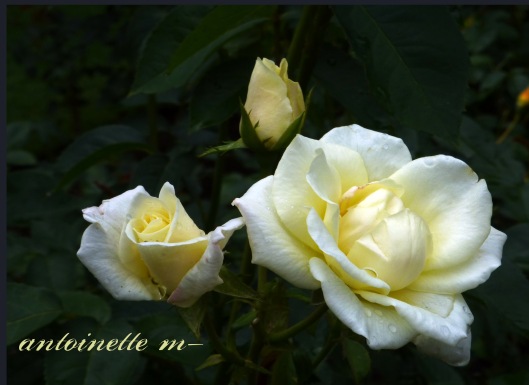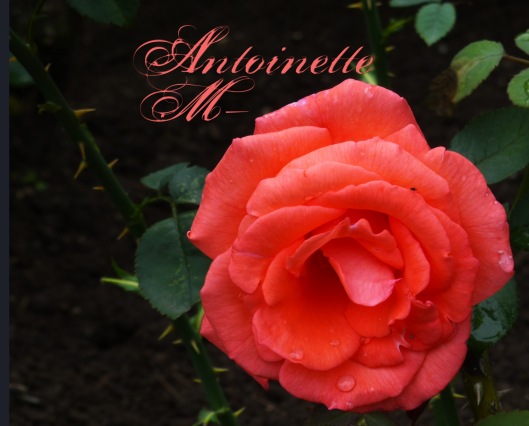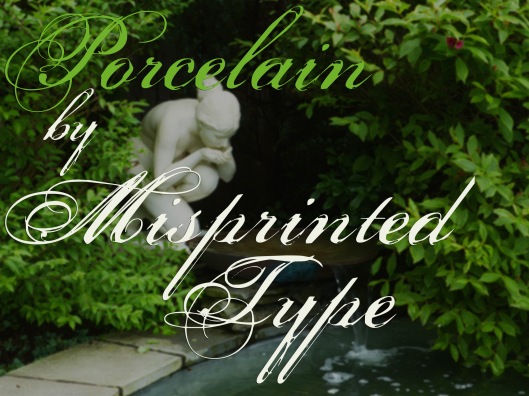I want to like The Lost King of France by Deborah Cadbury. It seems like it has the ingredients of a book I’d like: French kings named Louis, history, science, and according to the blurb on the back “royalist plots, palace intrigue.”
Why it didn’t work for me is best summed up in two sentences. The first is the tagline: “How DNA solved the mystery of the murdered son of Louis XVI and Marie-Antoinette.” Now it’s true, genetic testing does come up in the book, but only in the introduction and the last chapter. Most of the book is focused on the revolution itself and all the god-awful things that happen to the royal family. Like, “Don’t mind me while I sit here and cry and drink my beer,” god-awful things. Most heart wrenching is the story of the little prince himself (called the Dauphin, as all future kings of France were), who was alternately brutalized and then neglected. Had the tagline read, “A rehash of the start of the French Revolution, with lots of lingering over the undeserved-miseries inherited by the current inhabitants of Versailles, followed by ridiculous rumors, with just a dash of modern science,” I wouldn’t have picked the book up. I expected a harrowing tale a scientist looking for funding, or arguing with priests to get a sample, or perhaps even a parallel history of the development of modern genetic testing and the tale of Louis XVII.
My next bone to pick is with this line, “True scientist, Cassiman remained unmoved at the sight—to him it was nothing more than a biological specimen.” It’s just, so, so, very lazy. Needing a bit of imagery, Cadbury opts for the scientist as the automaton trope. While the man may have been putting on a stoic front, I guarantee you, inside he was giddy to receive a sample from the boy that died in Temple Tower. He had DNA from Marie-Antoinette’s family, living and deceased, and now he’s being presented with heart from the supposed Dauphin. The image doesn’t make any sense in the context of the story. No one is spurning Dr. Cassiman on to solve this mystery. This is science for the sake of science, a man stretching his hand out for a goal that may be too lofty. And that heart is anything but “a biological specimen.”
While Cadbury did an impressive amount of research finding out what happened to the royal family while they were imprisoned, and even what became of their captors, the book ultimately feels like a bait and switch. Where is my science?
There’s also a lot of context that’s missing to the French Revolution. I don’t know why the author revealed France’s bankruptcy as a twist to the fairytale childhood of the Dauphin. Versailles was built in fits and starts, due largely to bankruptcy. As someone who’s read a bit about the Sun King and his court and country, I can’t help but to think of him as the father of the French Revolution. Why he’s not in the book is a puzzle to me.
There are just so many interesting ways that I think the story could have been told. Cadbury could have compared the life of Louis XIV (who was said to only have spent fifteen minutes alone in his entire life) to the life of Louis XVII (who spent entirely too much time alone in the Temple Tower). We could have had the thrilling tale of the Dauphin’s heart, which in its day had been stolen, trampled in the mud, and had its guardians make numerous overtures to the royal family in an attempt to return it. Instead of letting the facts be interesting, she tries to make this a tale of suspense, even though we know how it ends. The castle is built on sand, the mob is merciless, and not even children are spared.















